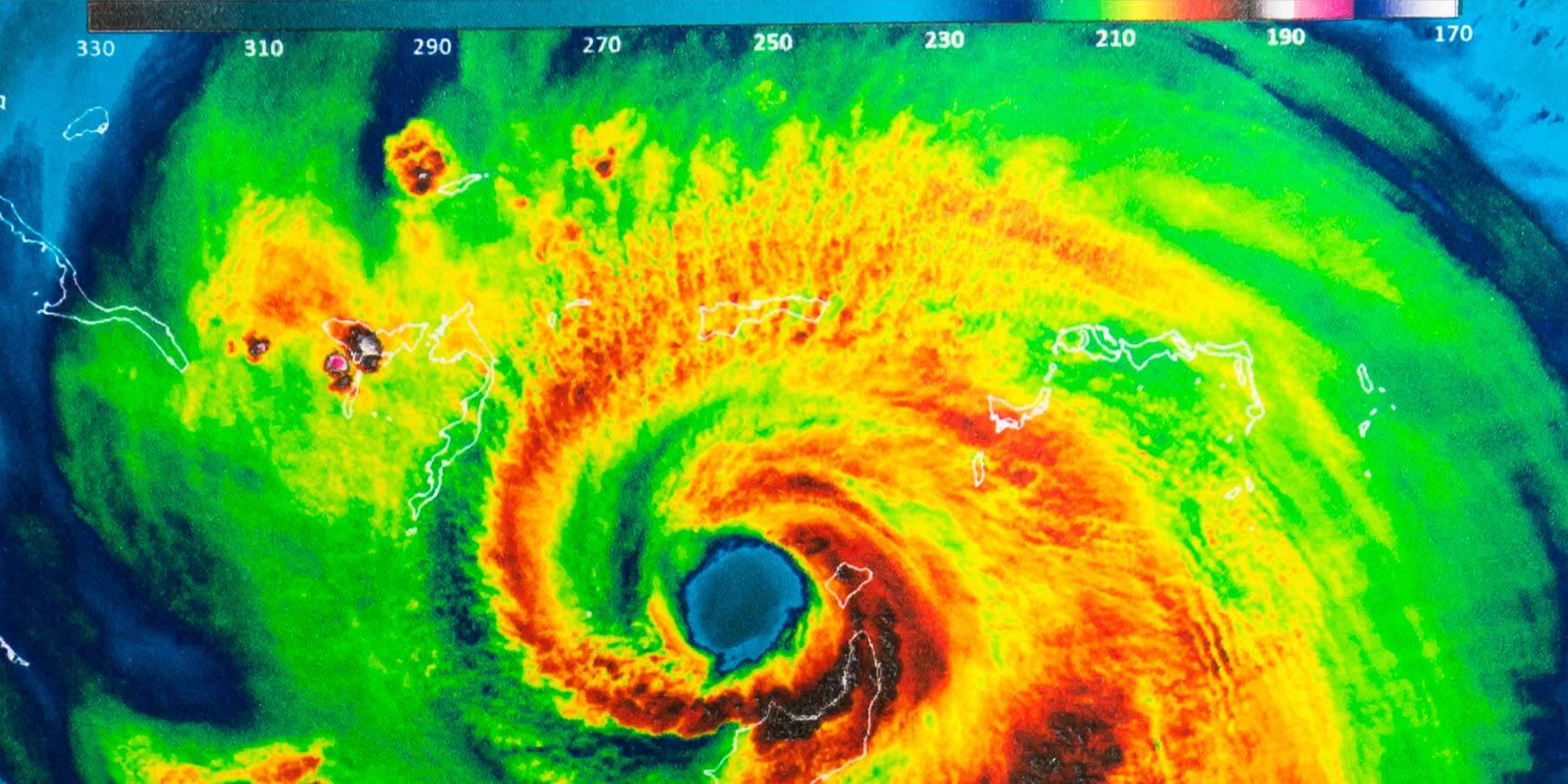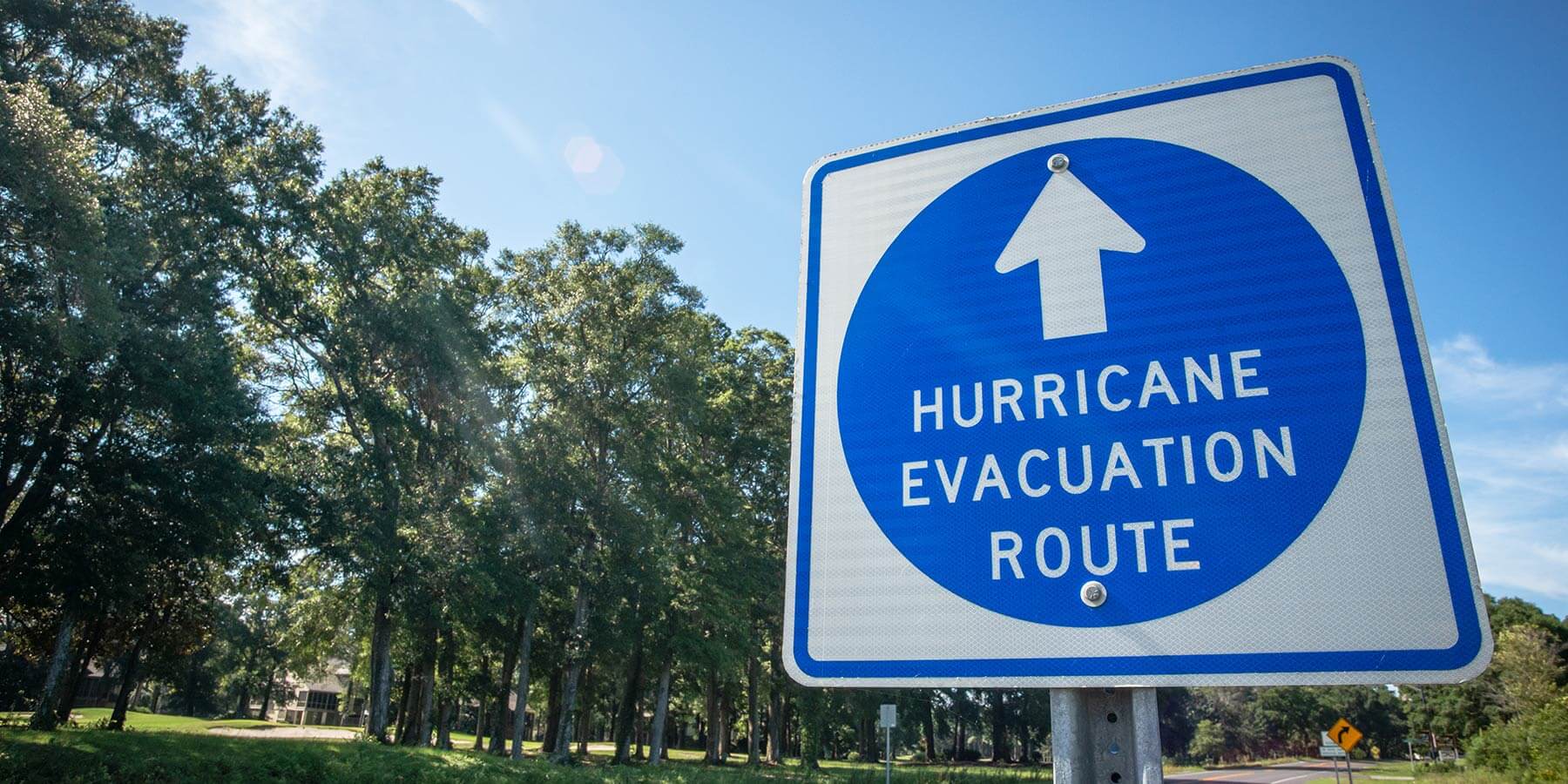The U.S. Department of Commerce and National Oceanic and Atmospheric Administration (NOAA) announced a $4.55 million investment from the Inflation Reduction Act to enhance community heat resilience across the United States—a significant step in addressing the escalating threat of extreme heat.
The investment aims to bolster the nation’s capacity to withstand and adapt to the increasing frequency and intensity of heat waves. “Extreme heat is a serious threat to public health and safety, and this funding is just the beginning of our efforts to mitigate its impact,” said NOAA Administrator Rick Spinrad, Ph.D.
The funds will be allocated to various community-based projects designed to reduce heat-related health and economic risks through innovative approaches and strategic planning. These projects include the development of urban heat island mitigation strategies, community engagement programs, and enhancing local infrastructure to better cope with extreme heat conditions.
This initiative is part of the broader climate resilience strategy to safeguard public health, economic stability, and the environment from the impacts of climate change. The funding also underscores the administration’s Justice 40 initiative, which aims to allocate a minimum of 40% of climate-related funding to disadvantaged communities.
The need for such mitigation measures is underscored by the increasing volume of heat waves sweeping the country, causing heat-related illnesses, and straining local resources. Communities with limited access to air conditioning and those with significant elderly populations are particularly vulnerable to the dangers of extreme heat.
This investment will support the establishment of two NIHHIS Centers of Excellence in Raleigh, NC and Los Angeles, CA. The centers of excellence will provide a myriad of services to surrounding communities, including implementing heat action plans, public education campaigns, and deploying cooling centers in areas most affected by high temperatures. These efforts aim to build local resilience and ensure communities are better prepared to handle future heat waves.
“Addressing the threat of extreme heat requires a collaborative effort between federal, state, and local governments, as well as community organizations,” said Spinrad. “This funding is a critical first step, but it is only the beginning. We must continue to invest in long-term solutions to protect our communities and our planet.”
For comprehensive advice, tips and tricks, and resources to help your community prepare for and withstand heat waves, visit Tidal Basin’s Heat Resource Center.



